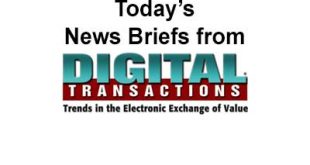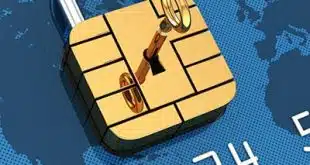While cash use has been trending down for a number of years, shoppers, diners, and travelers may soon find more value in paying with coins and folding money.
Like many people, I was traveling and dining out around the December holidays. As I crossed four Midwestern states, it seemed that more merchants were either offering a discount for cash or adding a surcharge for using a credit card.
The difference between the cash and the card price was disclosed in various ways. Gas stations had it on big electronic signs, while in restaurants it either showed up on the menu or on the receipt. Sometimes it was billed as a cash discount, and other times as a convenience fee for cards.
It is difficult to tell how many merchants have jumped on the surcharge bandwagon. Small businesses seem to be leading the way in imposing card fees or offering cash discounts. And while companies have been allowed to surcharge since 2013, judging from local news reports around the country the practice has picked up recently.
Reports over the past year from places like Pittsburgh and Baltimore quote merchants saying the pandemic and inflation led them to look for ways to cut costs. They found an opportunity in encouraging consumers to use cash or charging them to use cards.
Visa and MasterCard rules govern when fees can be added, including a limit on the amount that can be charged (no more than it costs to accept the payment) and limiting the fees to credit cards (fees are not allowed on debit or prepaid cards).
Five states have prohibitions on credit card surcharges, according to a report from Bankrate, and other states impose limits on how much can be charged.
Both network and state rules require that surcharges be disclosed to consumers ahead of the transaction. (I have found that I have had to ask what a “convenience fee” was for on at least one bill.)
These rules might lead some businesses to simply offer a cash discount rather than deal with customer and employee questions and confusion about which cards would result in a fee and then navigate around limits.
But will a discount of less than 5% motivate consumers to start using cash?
Research from the Federal Reserve Bank of Atlanta in 2017 found that consumers who preferred other kinds of payments had an 11.7% probability of switching to cash when offered a discount. A 2023 survey from LendingTree found that 69% of consumers had been charged a fee for credit cards, and 73% of cardholders say they would not keep using cards as much if they had to pay a fee every time.
The statistics suggest that some shoppers will switch payment type if surcharges become a big deal. They might be driven by inflation to prefer cash just like the merchants offering a discount.
How should the industry respond?
First, payments providers will want to understand what their value proposition is in relation to a cash discount. Some cardholders may value a perk like airline miles more than they abhor the fee they are charged.
Second, for customers who are motivated primarily by price, providers should consider what cash-access options are available. ATM fees may help make up some of the lost revenue from transactions moving from card to cash. Finally, providers might consider technology such as mobile wallets and faster payments to offer other solutions to individual and merchant customers.
As payment choices are influenced by changes in the economy, technology, and policy, staying at the top of customers’ wallets will require strategic thinking.
—Ben Jackson bjackson@ipa.org



